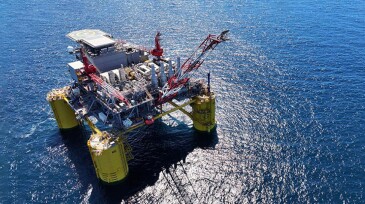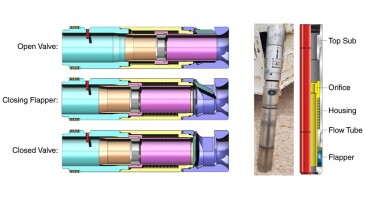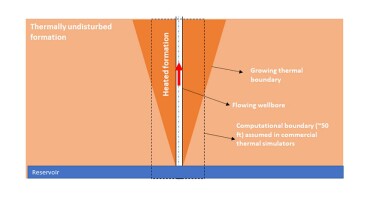HP/HT
-
SponsoredAs HPHT wells push equipment to the edge of material limits, operators are turning to advanced thermoplastics and sealed electrical assemblies to maintain system integrity. From ESP insulation to BOP control systems, the right component design can prevent failures, lower intervention costs, and extend equipment life in the harshest offshore environments.
-
This paper describes development of a high-temperature water-based reservoir drill-in fluid using a novel synthetic polymer and customized with optimal chemical concentrations and sized calcium carbonate.
-
This study compares water-based chemicals including surfactants, nanoparticles, and ketones that can be used for enhancing the oil recovery of shale-oil reservoirs.
-
The $5-billion Tiber-Guadalupe project in the Gulf of America is BP's second major project in the region to be sanctioned in 2 years.
-
Supermajor BP awards contract to same specialists who commissioned its Argos platform.
-
The first of four planned Phase 1 wells is flowing from the region’s second 20k-psi deepwater project.
-
Offshore activity is expected to begin in 2027 with first oil from the 20K-psi project slated for 2028.
-
This paper aims to present thoroughly the application of subsurface safety injection valves in extremely high-temperature environments.
-
This paper evaluates the effect of rapid cooling on the rock-cutting process and incorporates this effect as a component of drilling-performance optimization.
-
This paper outlines a technique to evaluate formation temperature shifts when closely spaced wells are produced concurrently and applies the technique to validate the design basis for new development.
Page 1 of 13









